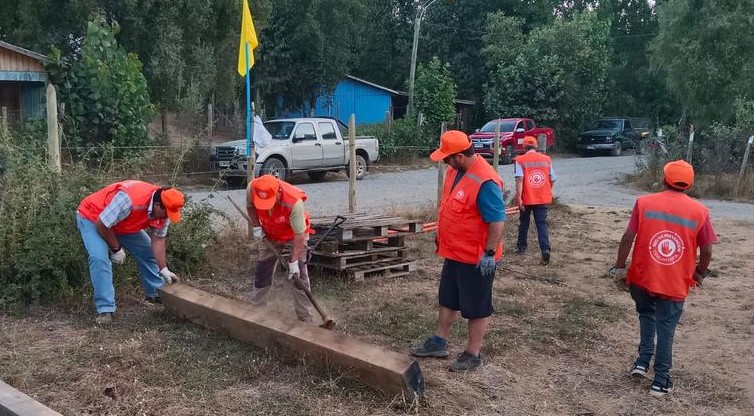Research Reveals How Much Carbon Earth's Forests Store and What Is Happening to It
- Scientists shed light on three decades of forest carbon data.
Although the climate crisis continues to worsen, the world has not managed to move away from the fossil fuels that exacerbate it. This is why the importance of increasing carbon capture is increasingly recognized.
The land-use sector has enormous potential to sequester and store larger amounts of carbon, considering that vast amounts have been lost due to deforestation and degradation—some of which can be recovered. As a result, a growing number of policymakers, private sector representatives, and civil society actors are supporting and amplifying efforts to restore degraded forest ecosystems, protect those that remain intact, and implement more climate-smart practices in lands used for other purposes, such as agroecological techniques in agricultural landscapes.
However, the question of whether these efforts are having a global-scale impact had remained unanswered.
"Since forests are the dominant component of the terrestrial carbon sink, we need to know how much atmospheric carbon the world’s forests have been sequestering, where it is stored, and whether recent trends align with the desired strengthening of Earth’s terrestrial sink," state the authors of a new study focused on answering these questions.
To do this, an international and multidisciplinary team, led by the U.S. Forest Service, analyzed decades of data from the global forest community, combining it with estimates of forest area obtained through remote sensing in national forest inventories and other types of ground-based studies.
They found that the total amount of carbon stored in the planet’s forests remained stable in the 1990s and 2000s and slightly decreased in the 2010s.
However, at the biome level, significant changes have occurred—several of which are concerning. Carbon sinks in temperate and tropical forests have increased because the area of these forests has expanded. But they have decreased in boreal forests due to intensified disturbances, as well as in intact tropical forests because their total area has shrunk.
Overall, according to the co-authors, the global terrestrial carbon sink has grown, implying an increase in non-forest carbon sinks as well as the significant impact of large-scale reforestation and afforestation in enhancing carbon uptake.
However, two-thirds of the benefits from this increase in the terrestrial carbon sink have been offset solely by tropical deforestation. "The most important measure to maintain and increase the forest carbon sink is to halt emissions from deforestation and degradation," conclude the co-authors, "along with protecting large carbon reserves accumulated over centuries, especially in boreal forest soils."
Achieving this will require effective international cooperation, financial and legislative incentives, and other measures, particularly in tropical countries; deforestation-free supply chains and well-managed selective logging, among other efforts, they noted.
"Although soil carbon is not included, this global assessment underscores the importance of sustainable conservation of protected areas and the restoration of degraded lands, especially in the tropics," said Daniel Murdiyarso, principal scientist at the Center for International Forestry Research and World Agroforestry (CIFOR-ICRAF) and co-author of the study. "Future research priorities should incorporate soil carbon, including that of peatlands and mangroves, which store three to five times more carbon than terrestrial forests."
The study also found that harvested wood products increased by 10% over the three decades examined. "Harvested wood products also need robust scrutiny, given the contribution of wood-based industries," Murdiyarso stated.
Overall, the results deliver a clear message to proceed with caution and not take forests' carbon capacities for granted. "Although the global forest sink has remained intact for three decades, despite regional variations, it could be weakened by forest aging, ongoing deforestation, and increased disturbance regimes," the co-authors concluded.
"To protect the planet’s carbon sink, land management policies are needed that limit deforestation, promote forest restoration, and improve logging practices."
Source:forestsnews.cifor.org

















